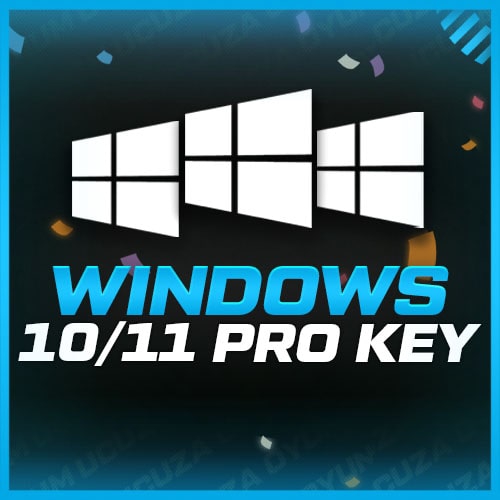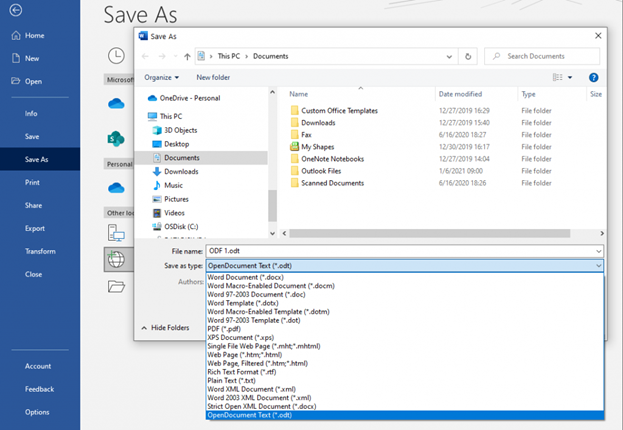Understanding the activation process and how it functions with Windows 10/11 is key to a successful installation as well as avoiding any future problems. These are the top 10 tips to help you navigate these issues:
1. Windows Versions Compatibility Check
It is essential to make sure that the key you buy is the correct version of Windows. Windows 10 and 11 use different keys. A Windows 10 key will not be compatible with an Windows 11 install unless it is specified as an upgrade.
Since keys are not interchangeable between versions, it is essential to ensure that the key belongs to either Home Pro or Pro.
2. Different keys for 32-bit and64-bit versions
Make sure that the key you’re employing is compatible with the operating system’s architecture regardless of whether it is 32-bits or 64-bits.
Although the majority of keys can be used with both architectures and OEMs However, it is important to check if there may be restrictions in certain use scenarios or OEMs.
3. Stay clear of Cross-Region Activation Issues
Keys are often region-locked. This means that keys purchased in one place may not be activated in another. Make sure to check if the key is subject to any restrictions for regions to prevent activation problems.
The key may be invalid if you purchase it from a seller who is located in a different region or on a grey market site.
4. Understanding the Differences between Full Versions and Upgrades
Windows activation is required to use an upgrade key. It is not recommended to purchase an upgrade key without an active Windows installation.
Windows full-version keys are available to install Windows fresh, as well as to enable Windows even if you’ve previously installed Windows prior to.
5. Connect to your copyright and then Reactivate it Easily
For digital licenses, link the activation to your copyright. This will make it easier for you to reactivate Windows in the event your hardware has changed or you change devices.
To do this, go to Settings > Update & Security > Activation, and follow the instructions to connect your account.
6. Click Activate Now to confirm validity
It is crucial to activate the key as fast as you can after buying it. This will confirm that it is genuine and working. Problems with activation could indicate that the key may be invalid or copyright, or it is used.
If a damaged key is discovered, the alternatives for refunds or dispute resolution are severely restricted when activation has been delayed.
7. Understanding OEM Limitations for Activation
An OEM key is tied to a specific device once activated. The key cannot be used on another computer in the event that your original hardware fails.
Consider buying a retail license because it allows for greater flexibility.
8. Volume and Academic Keys Have Specific Rules
Volume licenses and academic licenses (often used by businesses) have restrictions. You may need to activate them using KMS (Key Management Service), or another enterprise software, which is not suitable for normal usage at home.
Check that the key is compatible with the intended usage. A volume license purchased in error could become inactive after a brief period of time.
9. This tool can identify issues with activation
Windows’ Activation Troubleshooter can help you diagnose any issues. Under Settings > Updates and Security, you can access the Activation Troubleshooter.
The troubleshooter is able to resolve problems related to hardware or check the validity of the key.
10. The process of activation for both digital and physical keys is different
Digital keys are often associated to your Microsoft accounts and don’t always come with obvious product keys. When you sign in, it is common to activate the product.
Physical keys, like ones equipped with COA stickers that are purchased at the time of purchase, need manual entry to be made at the time of installation. Be sure to know how the key is activated to ensure that there is no confusion.
Additional Tips:
ESD (Electronic Software Delivery Keys) are to be avoided when you are uncertain about the legitimacy of digital purchases. Check the legitimacy of the online platform.
Windows 11 upgrade compatibility is crucial to confirm. Windows 11 does not support every hardware model, including older computers that have Secure Boot and TPM 2.0.
Get detailed information on your license type by using the Windows Activation Status Tool.
If you are aware of the essential elements of compatibility with activation,, you can make educated choices when purchasing Windows 10/11 Keys and ensure that your system is running effortlessly, with no issues. View the top buy windows 11 home for website info including windows 11 pro license, windows 11 home activation key, windows 11 pro license, windows 10 pro license key, windows 11 license, buy windows 11, windows 10 pro license key, windows 10 operating system product key, buy windows 11 key, windows 11 license key and more.

Top 10 Tips For The Type Of License Type When You Purchase Microsoft Office Professional Plus 2019/2021/2024
If you’re purchasing Microsoft Office Professional Plus 2019 2020, 2024 or 2019 it is essential to know the various kinds of licenses so that you can ensure that the appropriate one meets your needs. License types have varying restrictions, support options and terms. Here are 10 suggestions to help you make the most of the different types of licenses.
1. Know the Types of Licenses that are Key to Understand
Microsoft Office Professional Plus licenses are available for purchase in Retail, OEM and Volume Licensing. Each type of license is subject to different terms and limitations:
Retail: A one-time purchase that’s typically tied to a single user. The license is transferable to a different device within the same user in case of need.
OEM: A device that is only installed on the original device. It cannot be transferred. Often cheaper, yet less flexible.
Volume Licensing : This is an ideal alternative for businesses or schools since it is the possibility of being expanded to handle several users.
2. Retail Licenses to allow flexibility
Retail licenses give you the most flexibility. You can install Office on any device, and then transfer the license onto a new PC or upgrade. This is the ideal solution for those who may upgrade their hardware over time or change their devices.
3. OEM Licenses at a Lower Cost
OEM licenses are less expensive, however they aren’t transferable. They are also dependent on the device. These are licenses for computers that have Office pre-installed by the manufacturer. If you’re building or upgrading your own custom computer or laptop, an OEM license may save you money but limit flexibility.
4. Volume Licensing: What do you must know
The volume licensing option is intended for businesses, educational institutions, and government organizations. This option may be most efficient in the event that Office is purchased for a large number of users and devices. It offers many benefits such as central management and more efficient deployment.
5. Multiple Device Licenses Multiple Device Licenses
Retail licenses usually cover the installation of a single or two devices. Be sure to verify the number of devices that a license covers before you purchase.
6. Verify if the license is transferable.
Retail licenses may be transferred from one device to the next (as long they have been deactivated in the previous device), but OEM licenses cannot be transferred. This is crucial in the event that you switch computers often.
7. Consider the issue of User Licenses vs. Device Licenses
Some licenses have been assigned to individuals, while other are assigned devices. If you need to buy Office for a person who uses multiple devices at the same time, choose user-based licenses like those included with Microsoft 365 Subscriptions or Volume Licenses.
8. Evaluation of Support and Updates
Microsoft offers regular updates and full support for Volume Licenses and Retail Licenses. However, OEM licenses may have limitations on support and the software may not receive updates once the device to which it’s attached is no longer supported by the manufacturer.
9. Understanding Upgrade Licensing
With a Volume License or Retail license you could be entitled to upgrade to the most current version of Office at a reduced cost or through the Microsoft Software Assurance program (for Volume Licensing).
OEM licenses don’t usually include any upgrade rights. This means you will need to buy a brand new license for the latest version of Office.
10. Check the Terms of the License Agreement
If you purchase any version of Office Professional Plus, always review the terms of the license agreement that is provided by Microsoft. This document will explain any transfer restrictions or the rights you are granted to utilize the software for different uses or on various devices (e.g. private use in contrast to. commercial use). Understanding the terms can aid you in avoiding any unintentional restrictions.
Conclusion
Choosing the right license type to use Microsoft Office Professional Plus 2019, 2021, or 2024 is based on your individual needs, whether you’re a private user, a company, or an institution. Understanding the differences in Retail, OEM, Volume Licensing and Volume Licensing helps you make informed decisions about the flexibility, cost support, and scaling. Be sure to read the license conditions prior to buying the product. Check out the top Office 2019 professional plus for website advice including Microsoft office 2021 download, Microsoft office 2021, Office paket 2019, Office 2021 key, Microsoft office 2024 release date, Microsoft office 2019, Ms office 2019, Office 2021, Microsoft office 2024 download, Ms office 2021 pro plus and more.
